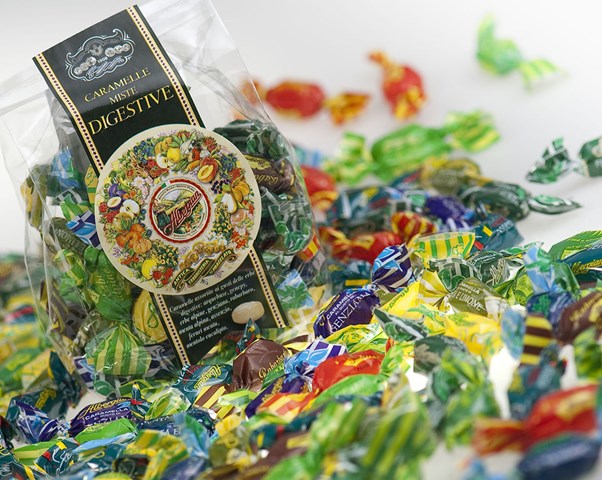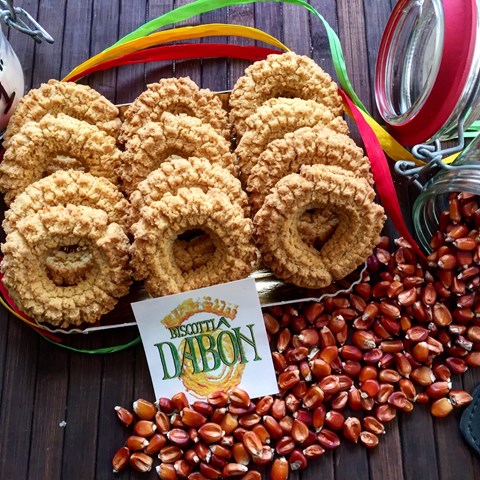In the culinary tradition of the Susa Valley, there is no lack of sweets and biscuits: the Canestrelli di Vaie, with their citrus scent, have received the recognition of typicality, and, similar to the Canestrelli di San Giorio made with cocoa and red wine, are still baked over a high heat on specially decorated plates. A similar process is followed in the Upper Valley for gofri, delicious wafers in sweet and savoury varieties. Unmistakable are the Rubianesi biscuits, the Sant'Ambrogio meliga pastries, the pan ed melia of Chiusa San Michele, the Lose Golose, the Pan della Marchesa made with dried fruit. Among the best known desserts, one cannot forget the unmistakable fragrance of the famous and inimitable Focaccia di Susa.
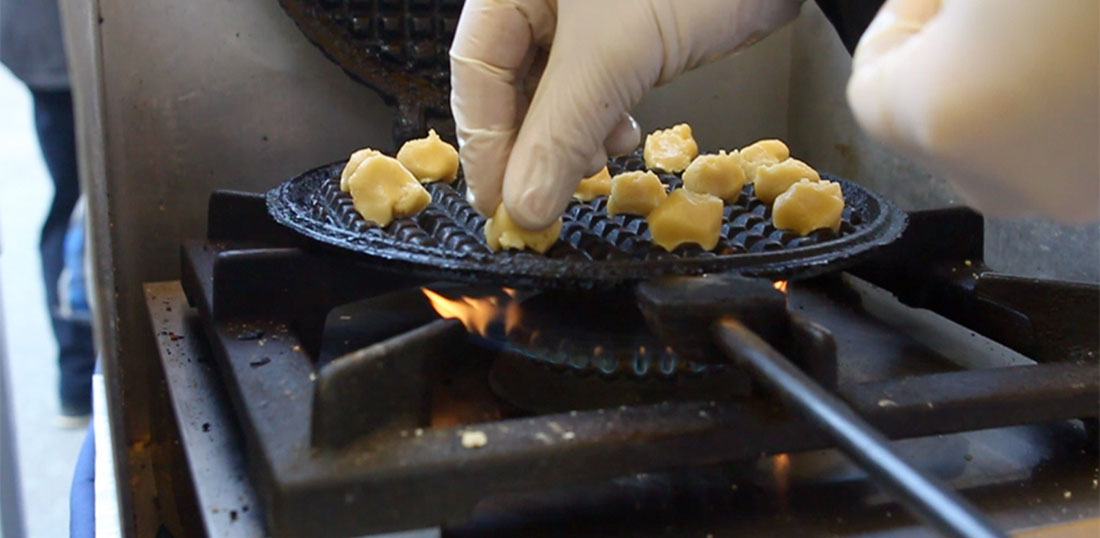
The origin of Canestrelli probably dates back to the late 1600s. In some municipalities of the Susa Valley and mainly in Vaie, one can find these typical wafers made according to a recipe that has remained unchanged for a long time, as documented by local historical studies. The name 'Canestrello' probably derives from the typical woven wicker containers, called 'canestri', in which the sweets were placed after baking.
To prepare the canestrelli, eggs, sugar, butter, flour, lemon peel, white wine, vanillin and yeast must be mixed together. From the dough, divided into small pieces, many balls are shaped, which are then squashed between two iron or cast-iron plates, placed at the end of a long pair of tongs and baked directly over the fire.
Focaccia di Susa is a typical Susa Valley baked product whose ingredients are flour, butter, sugar, eggs, salt and brewer's yeast.
Production begins by mixing the eggs with the butter and sugar; when everything is frothy, the other ingredients are added and, lastly, the brewer's yeast; everything is kneaded and left to rise for two hours. At this point, the dough is divided into parts: each part is given the shape of a sphere, which is then stretched out into a round pastry of varying diameter (28 to 50 cm) and 1.5 cm thick.
The layer thus obtained is left to rest for an hour to an hour and a half, then the edge is raised with the fingers and the focaccia is sprinkled with caster sugar, and holes are made in the surface to prevent bubbles from forming. Once these operations are completed, the focaccia is placed in a high-temperature oven (around 500° C) to allow the sugar to caramelise.
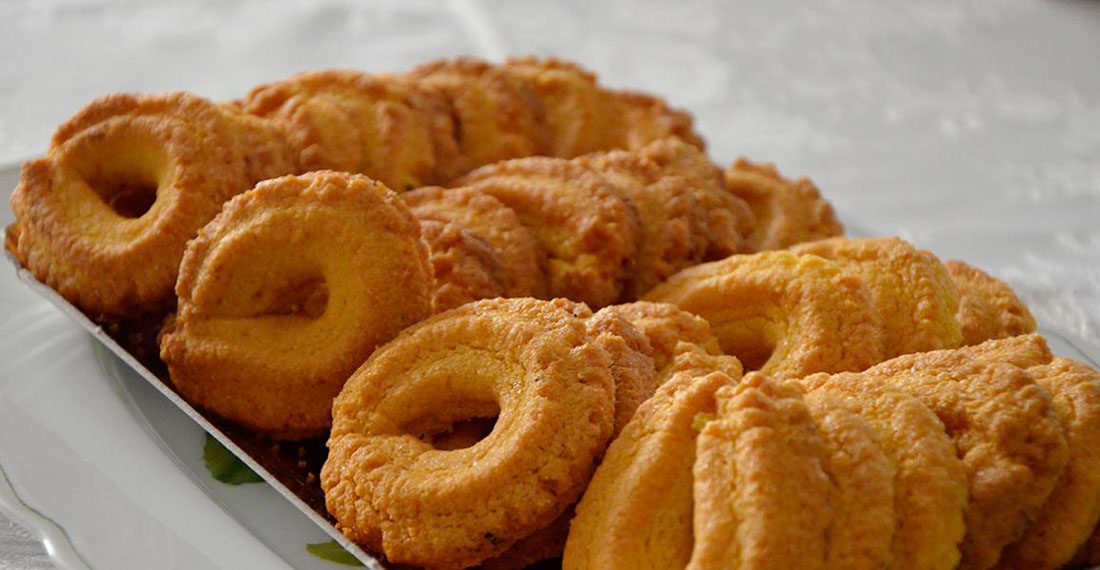
Paste di meliga biscuits are typical of many areas of Piedmont. In the Susa Valley, driven by the need to enhance the fragrance, perfume and flavour of these sweets, the artisan bakery and pastry laboratories repropose the flours of ancient Piedmontese maize that, mixed with the intense flavour of chestnut honey, recreate a typical rustic flavour that goes well with all types of wine, a good coffee or a steaming cup of tea for breakfast.
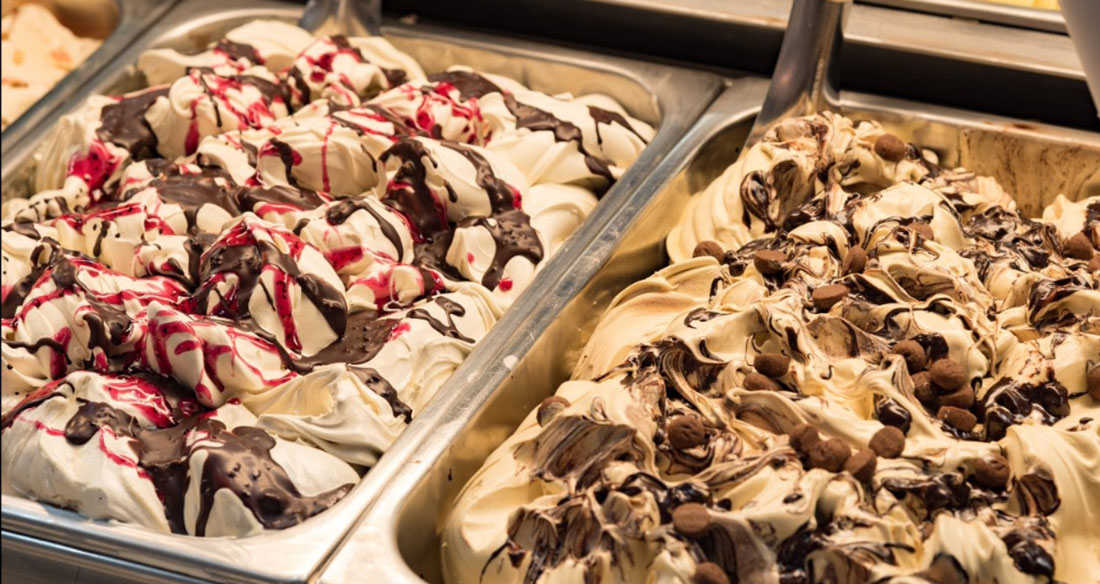
Artisanal ice cream, one of the top Made in Italy products, is a foodstuff that is obtained by mixing ingredients using cold machines that transform them into the creamy, fresh product we see in the shop windows. This product, too, has numerous top-quality interpreters in the valley, from the artisan ice-cream parlours, always careful to use local and quality ingredients, to the agricultural ice-cream and yoghurt parlours, which offer a product in which even the milk comes from the farm that takes care of its transformation into a soft frozen cream.


